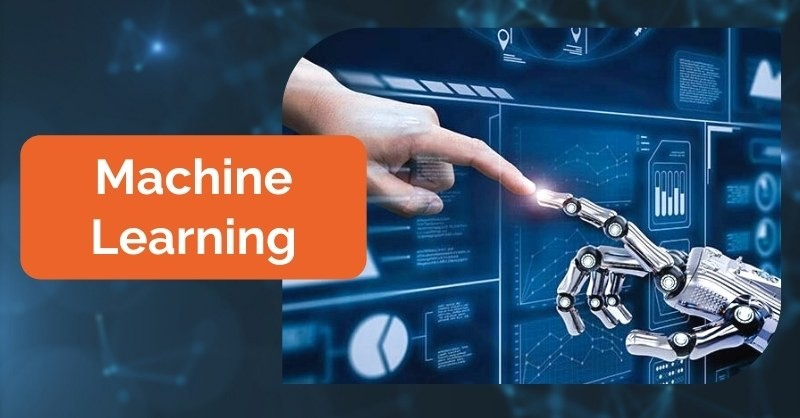Understanding the Differences Between Supervised and Unsupervised Learning
- ks5462795
- Feb 26, 2024
- 3 min read
In the ever-evolving world of artificial intelligence and machine learning, two fundamental approaches stand out: supervised learning and unsupervised learning. These methods play a crucial role in helping machines analyze and interpret vast amounts of data, extracting valuable insights, and making informed decisions. In this article, we will delve deep into the dissimilarities between supervised and unsupervised learning and explore how they are compared in the course.
Supervised Learning: Guided by Labeled Data
Supervised learning is a technique where machines are trained using labeled data. The process involves feeding the machine algorithm a set of input data along with the corresponding desired output. The goal is to teach the algorithm to map the inputs to the correct outputs accurately. This approach relies heavily on human-labeled data, where each input is carefully annotated with the desired output.
The Power of Supervised Learning
Supervised learning offers several advantages. Firstly, it enables precise predictions and classifications, making it suitable for tasks like image recognition, speech recognition, and sentiment analysis. Secondly, supervised learning allows for error analysis and performance evaluation, as the desired output is known for the training data. This feedback loop helps refine the model and enhance its accuracy over time.
Unsupervised Learning: Discovering Patterns in Data
Unlike supervised learning, unsupervised learning does not rely on labeled data. Instead, it focuses on discovering hidden patterns or structures within the data itself. Unsupervised learning algorithms explore the data without prior knowledge of the outcome, making it particularly useful in situations where labeled data is scarce or nonexistent.
The Intricacies of Unsupervised Learning
Unsupervised learning offers unique capabilities. It excels in tasks such as clustering, anomaly detection, and dimensionality reduction. Clustering algorithms group similar data points together, enabling insights into naturally occurring patterns or segments within the data. Anomaly detection algorithms, on the other hand, identify outliers or anomalies that deviate significantly from the norm. Dimensionality reduction techniques reduce the complexity of the data, extracting the most relevant features while preserving its intrinsic structure.
Comparing Supervised and Unsupervised Learning in the Course
In the context of the course, the instructors comprehensively compare supervised and unsupervised learning to provide a holistic understanding of these approaches. By exploring their similarities and differences, students gain valuable insights into when to apply each technique and the trade-offs involved.
Curriculum Structure
The course is meticulously structured to cover both supervised and unsupervised learning in detail. It begins by introducing the fundamentals of supervised learning, explaining key concepts such as classification, regression, and model evaluation. Through hands-on exercises and real-world examples, students acquire a solid foundation in supervised learning techniques.
Once the fundamentals are grasped, the course seamlessly transitions into unsupervised learning. It explores various clustering algorithms, such as k-means and hierarchical clustering, highlighting their applications and limitations. Dimensionality reduction techniques, including principal component analysis (PCA) and t-distributed stochastic neighbor embedding (t-SNE), are also extensively covered, enabling students to effectively handle high-dimensional data.
Practical Implementations
To reinforce the theoretical concepts, the course places great emphasis on practical implementations. Students work on projects and case studies that involve real-world datasets, giving them the opportunity to apply supervised and unsupervised learning techniques to solve complex problems. The instructors provide guidance and support throughout the projects, ensuring students gain hands-on experience and develop a deep understanding of the nuances involved in each approach.


Comments